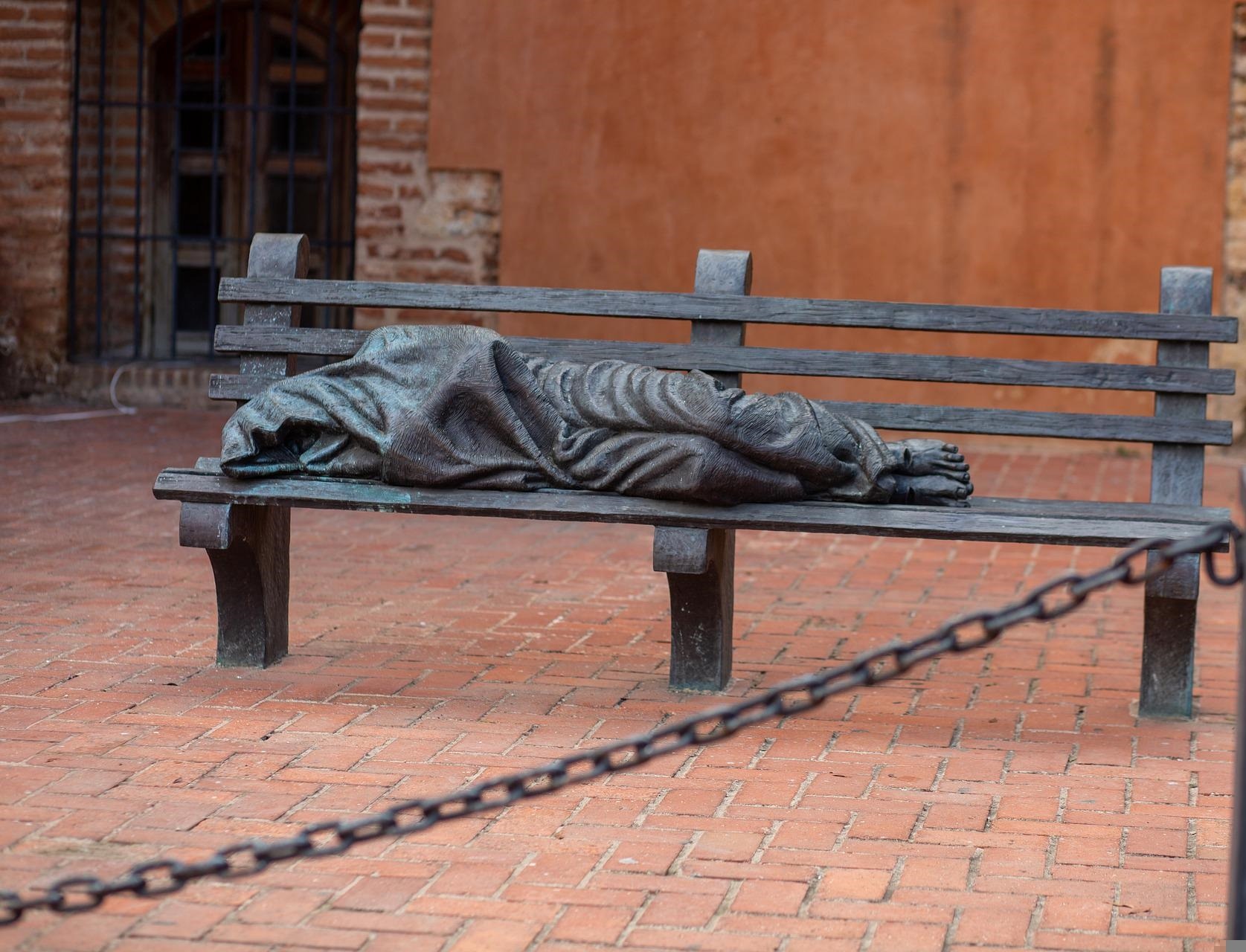Sleep paralysis (SP) is one of the phase states, which also include lucid dreams, out-of-body experiences, etc. For experienced practitioners, SP can offer an opportunity to get into a phase state, but for many people it is an unpleasant experience that causes fear, and researchers often study this phenomenon as a sleep disorder. American authors Zuzanna Smoszna and Monica Kullar have presented a comprehensive review of this “disorder,” its “risk factors,” and conclusions regarding the possibilities of “treatment.”
As the researchers state, sleep paralysis is a phenomenon that occurs during the rapid eye movement (REM) stage of sleep. Some of the common reasons that lead to it are:
– narcolepsy (a rare disease that involves excessive daytime drowsiness)
– sleep apnea (breathing problems during sleep)
– psychological disorders (anxiety, depression, schizophrenia)
– insomnia (because it increases the level of anxiety)
– sleeping in a supine position
– insufficient or excessive amounts of sleep
– falling asleep after midnight
In terms of predisposition to SP by gender, the data remains ambiguous: some studies report that men are more prone to sleep paralysis, others believe that women are more prone to it. But in terms of race, the authors found a scientific consensus: it is believed that Caucasians have the lowest probability of SP, while African-Americans have the greatest probability, especially if they suffer from panic disorders. In addition, sleep paralysis is more common in people living in rural areas, rather than in cities.
Does your experience of sleep paralysis confirm this statistic?
The article was published in August 2022 on the PsyArXiv website.
Get all the latest news about lucid dreams via our channels on Telegram, Instagram, Facebook




